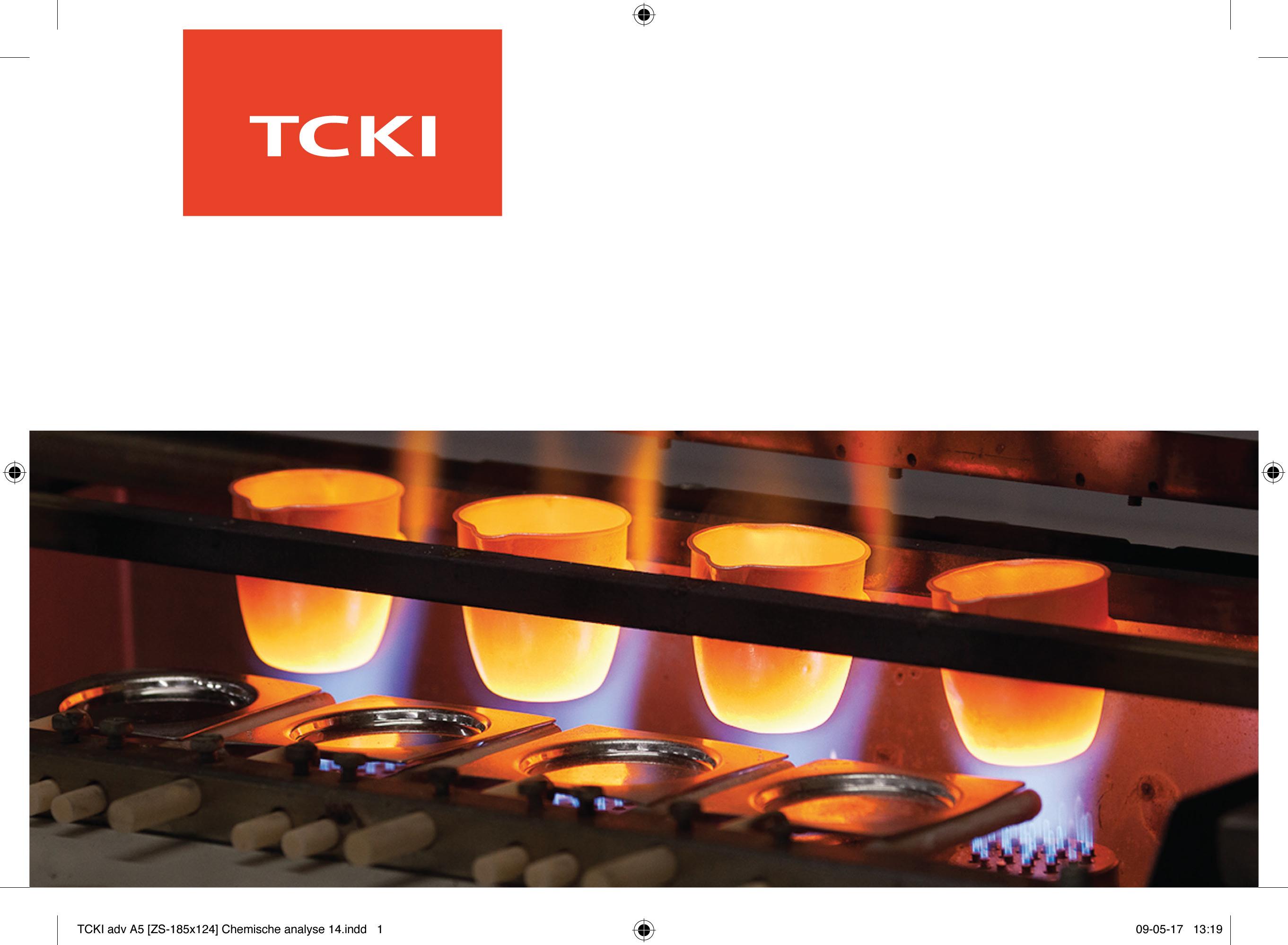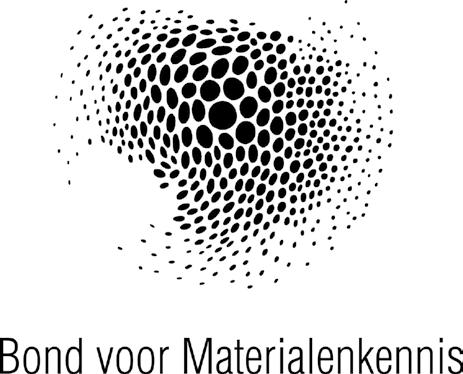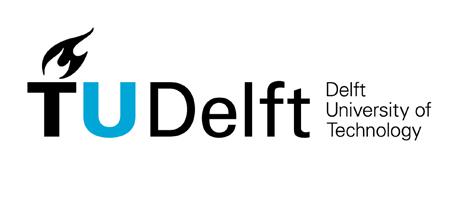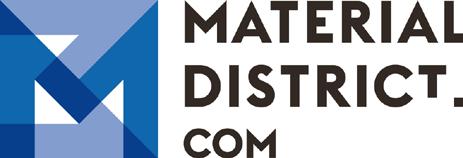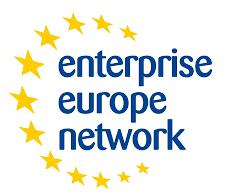




SHAPE: NEW WAY TO EXTRUD MATERIALS
IMPROVING SUSTAINABILITY WITH ALTERNATIVE REINFORCEMENT TECHNIQUES
ARTIFICIAL GEYSERS CAN POSSIBLY SOLVE MINERAL SHORTAGES
MAXIMIZE RAIL LIFETIME BRICK AWARD 2024
This is a summary of the most recent edition of Innovative Materials. Would you like to read the entire articles? You will find more information about subscriptions HERE.
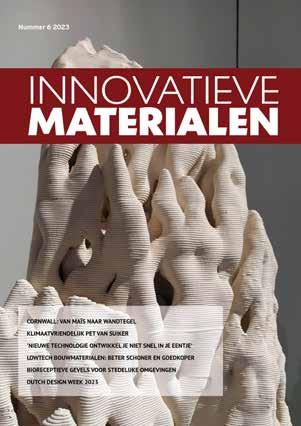

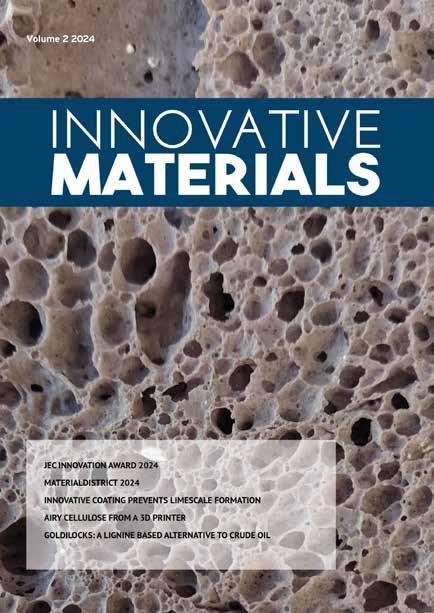
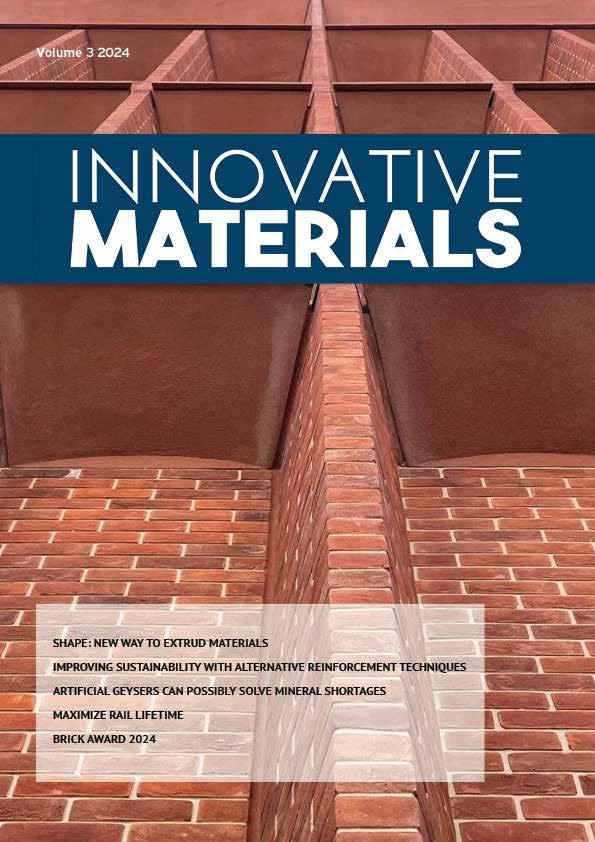
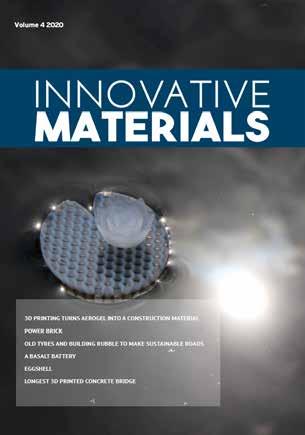
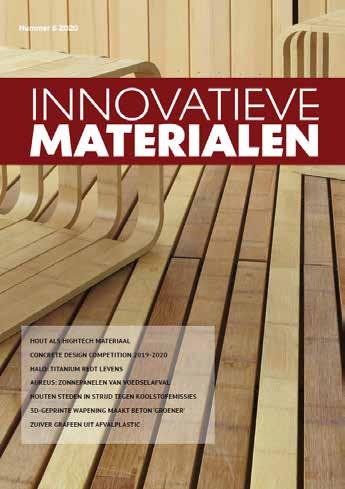
Innovative Materials is an interactive, digital magazine about new and/or innovative applied materials in civil engineering sector, construction, architecture and design.
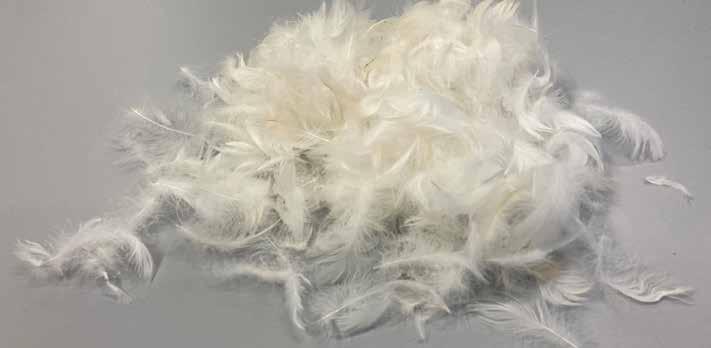



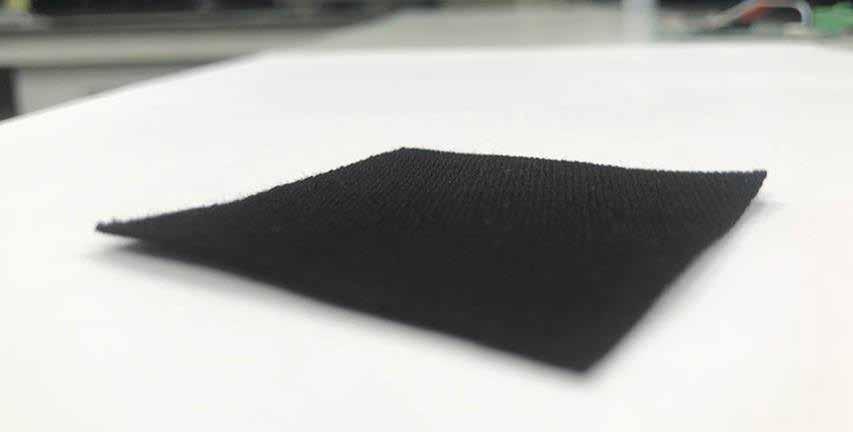
Adhesives are almost always based on fossil raw materials such as petroleum. Scientists of Fraunhofer Institute for Interfacial Engineering and Biotechnology (IGB) have recently developed a process by which keratin can be used for this purpose; a protein compound that can be extracted from chicken feathers. According to Fraunhofer, it can be used for many different adhesives with various applications, and the processes and end products are also sustainable.
The VTT Technical Research Centre of Finland and ISKU, a Finnish furniture manufacturer, have joined forces to develop a new type of chair that will demonstrate the possibilities of biocomposite materials. The chair is made from a cellulose-plastic compound that uses natural fibres, polypropylene and wood pulp from Finnish forests as raw materials.
Researchers in Europe, funded by the EU, are developing innovative superconductor cables to reduce energy loss, costs and emissions. Traditional copper cables lead to significant energy losses during transport. The SUBRACABLE project focuses on ceramic superconductors that conduct electricity without resistance at low temperatures, resulting in less energy loss and dependence on copper.
The German DITF (Deutsche Institut für Textil und Faserforschung) and the Freiberg Institute GmbH (FILK) have now developed an easily recyclable synthetic leather that meets the set environmental standards. Polybutylene succinate (PBS) was chosen as the basis for the new leather because of its biodegradability and thermoplastic properties.
Researchers from the University of Cambridge have developed a cheap and energy-efficient method to create materials that can extract CO2 directly from the air. They used a type of charcoal sponge for this purpose. They discovered that when the sponge is charged with ions, it forms a reversible bond with CO2. The charged material can then absorb CO2 directly from the air.
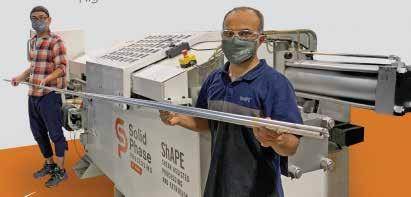


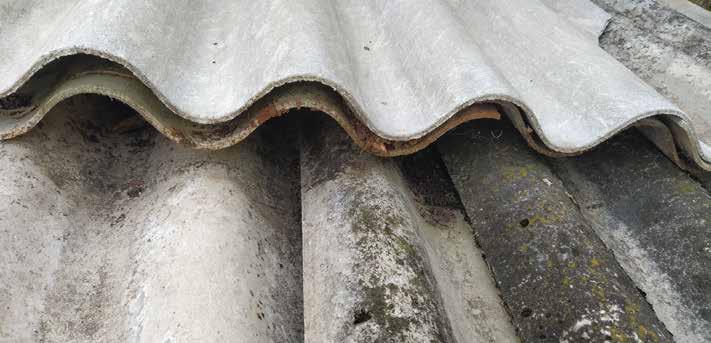
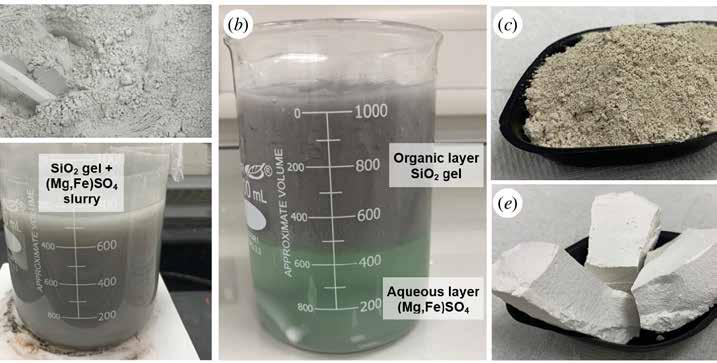
ShAPE - developed by the Pacific Northwest National Laboratory’s (PNNL) -stands for Shear Assisted Processing and Extrusion. It’s a radically different method that is reshaping the way metal is extruded - uniquely mixing and deforming the solid feedstocks without melting or external heat treating. Its cost and energy savings, combined with the potential for improved material properties, can benefit a variety of industries.
Lithium-ion batteries could be safer, more compact and therefore lighter if they have a solid that conducts ions, instead of a liquid. But such materials were not yet available. In a recent article published in the journal Science, researchers from the University of Liverpool report the discovery that a solid material quickly conducts lithium ions.
‘Cement recycling method could help solve one of the world’s biggest climate challenges’
The University of Cambridge developed a method - the so-called Cambridge Electric Cement process - that does not add any significant costs to concrete or steel production and significantly reduces emissions from both concrete and steel, due to the reduced need for lime flux. According to Cambridge thiscement recycling method could help solve one of the world’s biggest climate challenges.
Researchers from the Universitat Oberta de Catalunya (UOC) have developed a new AI-based system to detect asbestos in building roofs, addressing the challenge of regulatory non-compliance in asbestos removal. The software, created in partnership with DetectA, utilizes artificial intelligence, deep learning, and computer vision to analyze RGB aerial photographs.
A team of materials scientists and environmental engineers from Imperial College London has discovered that using olivine in cement can result in carbon-negative concrete. Their study, published in Royal Society Open Science, demonstrates that cement can be produced in a more environmentally friendly way by incorporating olivine.

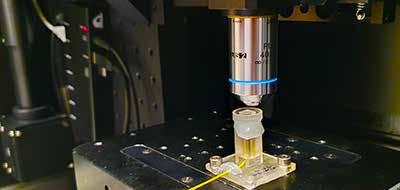
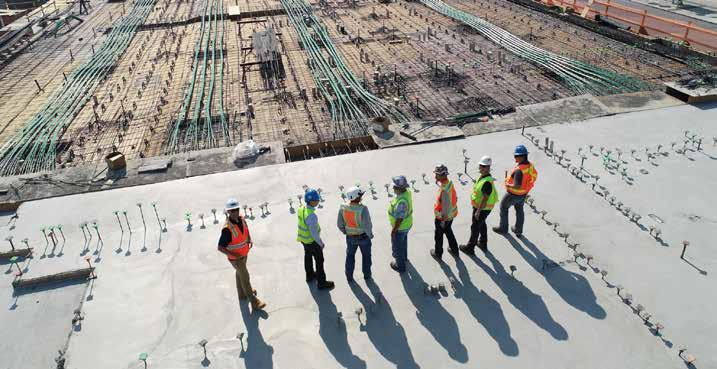

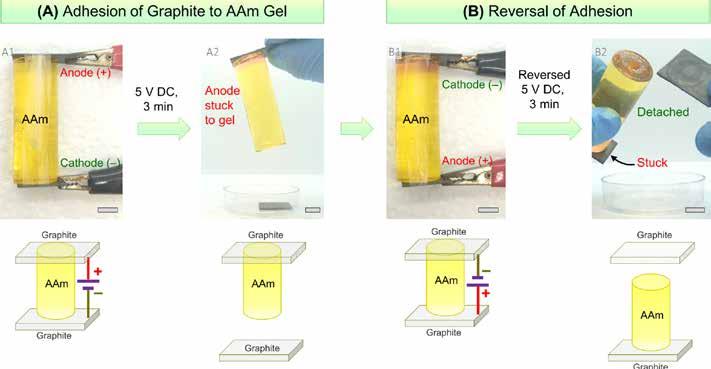
Engineers from the University of Illinois at Chicago have developed a new method to produce hydrogen gas from water using solar energy and agricultural waste, such as manure and peels. According to the researchers, this method reduces the energy required for hydrogen production by 600 percent, offering opportunities for sustainable and climate-friendly chemical production.
Researchers at Sweden’s KTH Royal Institute of Technology in Stockholm have 3D printed silica glass micro-optical sensors onto the ends of optical fibers; surfaces as small as the cross-section of a human hair. Combining silica glass optical sensors with fiber optics would enable several innovations.
Scientists from the University of Birmingham believe adding nitrogen to concrete could significantly reduce global emissions of harmful nitrogen oxides (NOx). The Birmingham researchers expect that nitrogenisation of concrete could contribute to a reduction in NOx emissions by 3.4 - 6.9 megatonnes (Mt) - which they estimate amounts to 6 - 13 percent of industry-related emissions in 2021. The research was published on June 14 in Nature Cities under the title ‘Contribution of concrete nitrogenation to global NOx uptake’.
Researchers from Trinity College Dublin and iCRAG have discovered that so-called Rare Earth Elements (REEs) can be removed from water using eggshell peel in an environmentally friendly way. REEs are essential for green energy technologies such as electric cars and wind turbines. But as the name suggests: they are scarce. According to the scientists, the discovery can contribute to the sustainable recovery of rare earth elements
Students led by Professor Srinivasa Raghavan from the Department of Chemical and Biomolecular Engineering at the University of Maryland accidentally discovered that it is possible to stick materials together using electric current. This discovery has now led to a method for bonding hard and soft materials with electricity.

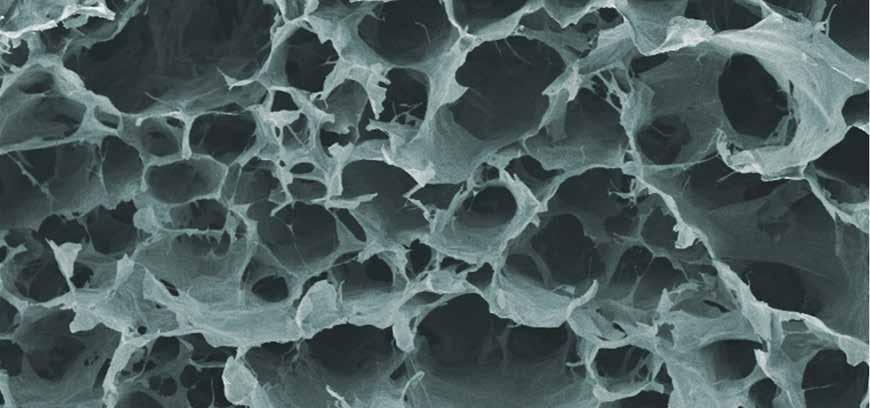
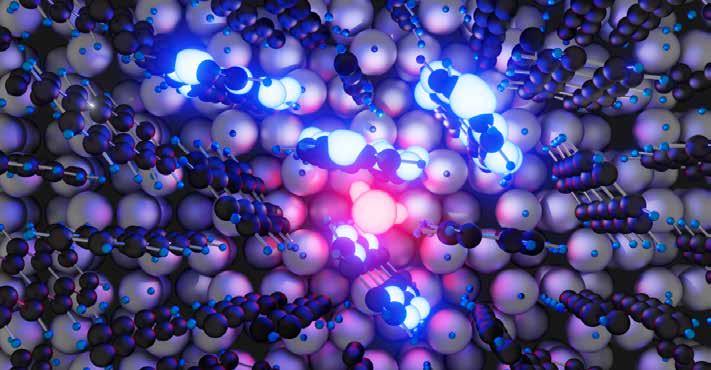
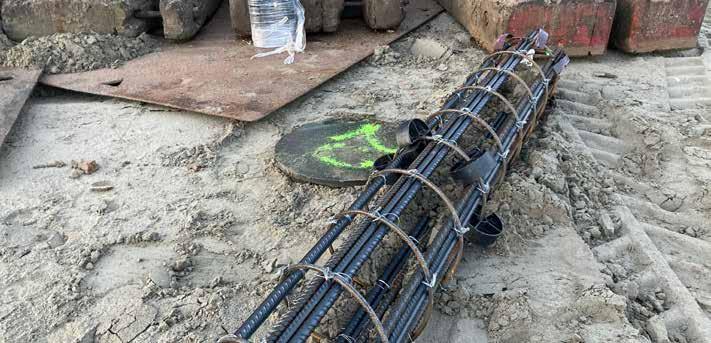

Researchers at North Carolina State University have discovered that it is possible to develop materials that are both rigid and heat-insulating. This combination of properties is rare and offers various possibilities for applications, such as new thermal insulation coatings for electronic devices.
Researchers from Empa’s Cellulose and Wood Materials laboratory are looking for ways to valorize this residue. They have developed a process to produce high-quality nanocellulose from brewery waste - a versatile biodegradable raw material that can be processed, for example, into packaging materials or fiber-reinforced polymers. The researchers published their findings in the journal ACS Sustainable Chemistry & Engineering.
Paderborn physicists develop new solar cell
Physicists from the University of Paderborn have made solar cells significantly more efficient using complex computer simulations. A thin layer of organic material, known as tetracene, is responsible for the increase in efficiency. The results have now been published in the renowned journal Physical Review Letters.
The concrete industry faces a major challenge to become more sustainable. An important aspect here is the smart application of concrete mixture compositions, so that as little (Portland) cement as possible is used in the base. The share of emissions achieved by reinforcing steel should also not be ignored: it is estimated that this accounts for approximately 21 percent of total CO2 emissions.
By imitating nature, it may be possible in the future to extract essential minerals from the seabed with a kind of artificial geysers. At the same time, green energy could be generated from the hot water of such geysers. Norwegian scientists think they can develop such a process in an environmentally friendly way, without causing any damage to the seabed.

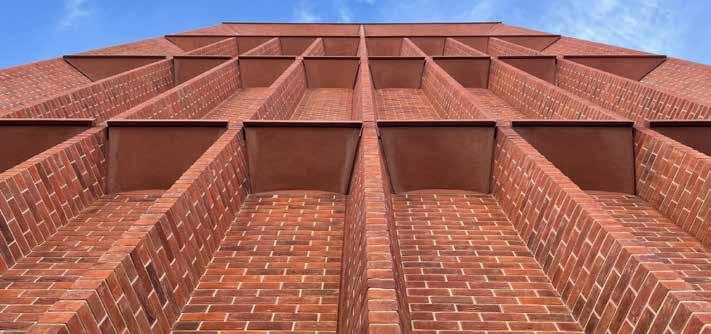
The modern railway industry faces many challenges due to the arrival of faster trains and constantly increasing axle loads. Of these challenges, Rolling Contact Fatigue (RCF) is of particular concern due to its significant effects on rail service life. RCF can cause cracks in the track, which can lead to catastrophic rail failures, causing serious safety risks and operational disruptions.
Every two years, Wienerberger presents the Brick Awards and honors the most creative examples of modern and innovative brick architecture. The company wants to inspire both architects and enthusiasts from outside the profession to explore new building forms. The Brick Awards were announced during the Brick Award Ceremony held on June 6, 2024 in Vienna.
MAKE IT MATTER is compiled in collaboration with MaterialDistrict (MaterialDistrict.com). In this section new, and/ or interesting developments and innovative materials are highlighted.
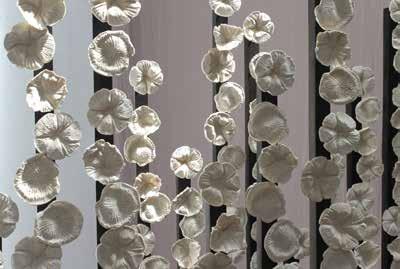
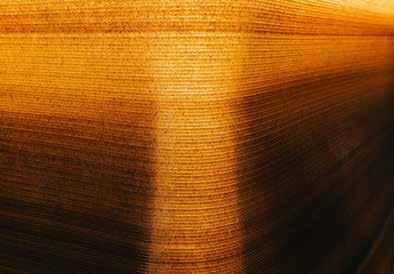

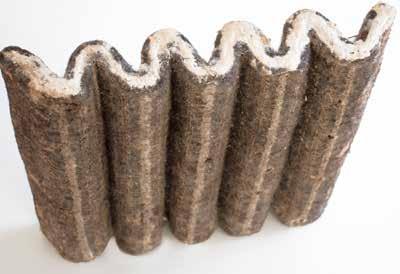


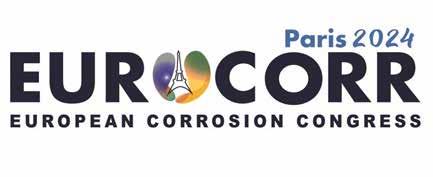
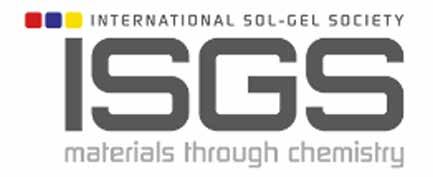
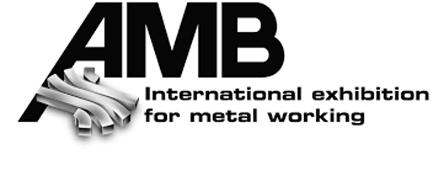
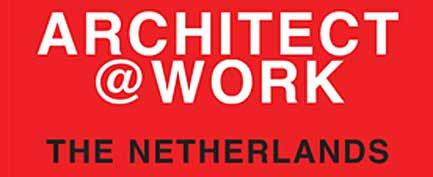
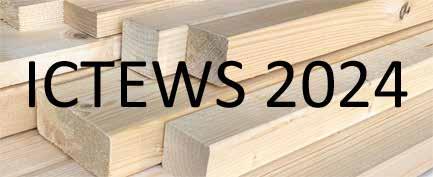
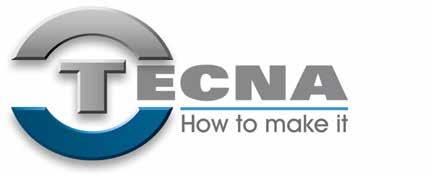


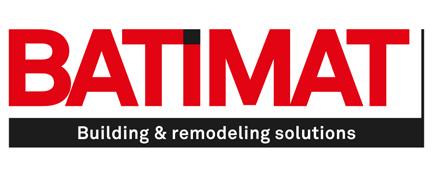
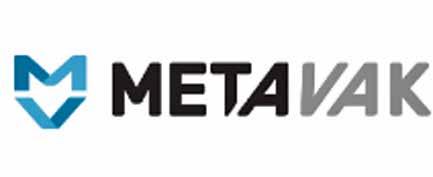
Ceramic Materials and Components for Energy and Environmental Systems 18 - 22 August 2024, Budapest
Eurocorr 2024 1 - 5 September 2024, Parijs
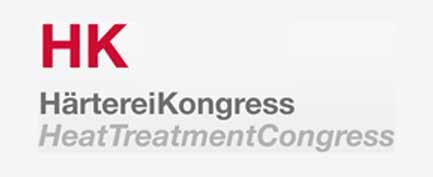
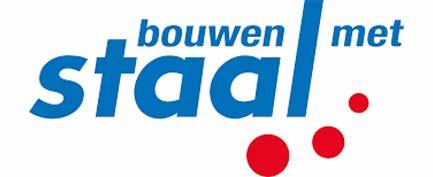
SolGel 2024 International Conference 1 - 6 September 2024, Berlijn
International Exhibition for Metal Working 10 - 14 September 2024, Stuttgart
ARCHITECT@WORK Rotterdam 11 - 12 September 2024, Rotterdam
ICTEWS 2024 16 - 17 September 2024, Zürich
Techna 24 - 27 September 2024, Rimini
Kunststoffenbeurs
18 - 19 September 2024, Gorinchem
EURO PM 2024
29 September - 2 October 2024, Malmö
Batimat 2024
30 September - 3 October 2024
Parijs
Metavak 1 - 3 October 2024, Gorinchem
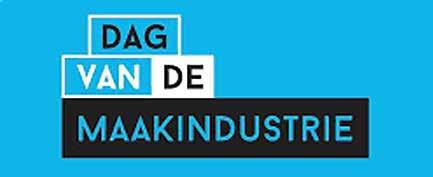
Dag van de maakindustrie 6 October 2024, Limburg
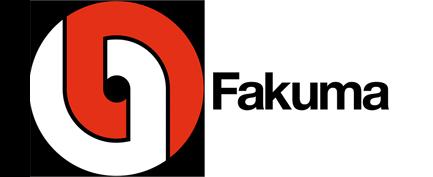

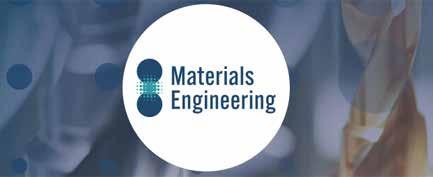
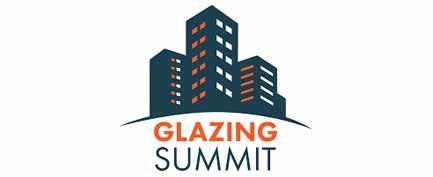
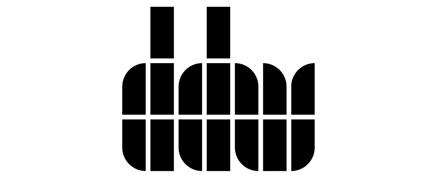
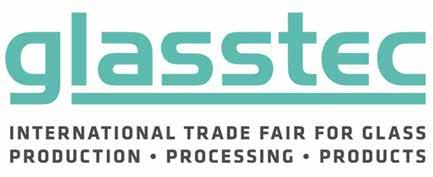



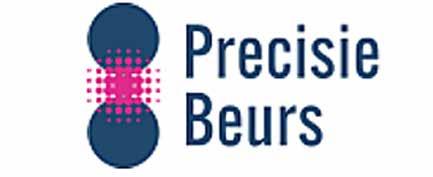
HärtereiKongres (HK) 2024 8 - 10 October 2024, Cologne
Staalbouwdag 2024 15 October 2024, Leusden
Fakuma 2024 15 - 19 oktober 2024, Friedrichshafen
Barcelona Design Week 16 - 26 October 2024, Barcelona
Materials Engineering 17 October 2024, Veldhoven
Glazing summit 2024 17 October 2024, Birmingham
Dutch Design Week 19 - 27 October 2024 Eindhoven
Glasstec 2024 22 - 25 October 2024, Düsseldorf
EuroBLECH 22 - 25 October 2024, Hannover
World Recycling Convention 28 October 2024, Rome
Stainless Steel Duplex 2024 6 - 7 November 2024, Rotterdam
Precisiebeurs 13 - 14 November 2024, ‘s-Hertogenbosch
Wij leveren complete installaties voor ontstoffing, luchtreiniging en pneumatisch transport
Technieken voor o.a.:
- Ontstoffing van productieruimtes (MAC)
- Reduceren van geuremissies (NER)
- Reduceren van stofemissies (NER)
Componenten die wij o.a. kunnen leveren:
- Natfilters & Droogfilters
- Cyclonen
- Gaswassers
- Topsteen- / Frogreinigers
- Naverbranders
Projecten kunnen turn-key worden uitgevoerd
Wij garanderen de emissie & grenswaarden
Engineering, bouw en onderhoud in eigen beheer



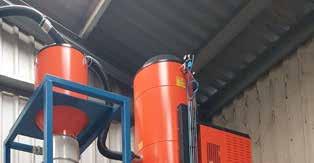

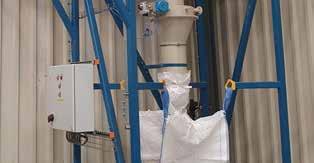
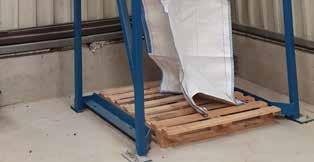
Mesys Industrial Air Systems BV
Molenstraat 27, 6914AC Herwen
+31 (0) 316 248744




www.mesys.nl
Info@mesys.nl

tecnaexpo.com
Independent, dedicated, objective research and consultancy. ISO 17025 accredited. Center of expertise for materials characterization.
We are pleased to support you with research and analysis of your innovative materials. Call us on +31 26 3845600 or email info@tcki.nl www.tcki.nl
